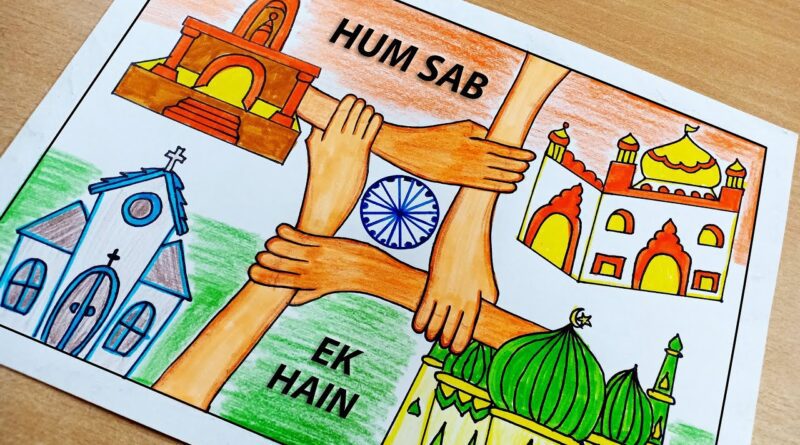NATIONAL INTEGRATION
India is a vast country with several languages, faiths, and religions. Diversities are generally more than forces of unity and harmony.
There has been much talk of national integration, especially since Independence. It implies the sinking of differences in order to ensure the emergence and the divergent political viewpoints.
But genuine integration has proved elusive because of the intense social and economic differences that selfish people seek to exploit to serve their own selfish ends.
Among the issues thus exploited are those of culture, language, real and imaginary social justice, the atrocities committed in the name of caste, sect, and community.
Linguistic fanaticism and chauvinism raise their ugly heads every now and then. To these familiar factors have been added, quite recently, another-the activities of extremists and terrorists who seek to create fear as well as a sense of uncertainty all around. Such anti-national elements queer the pitch for official and unofficial efforts to promote a sense of unity and concord in the country.
The process of disintegration has lately been gathering strength. The biggest question today is how to preserve national integration, solidarity, and oneness without which orderly progress of the country is not possible.
The problem of caste in ancient Hindu society is acting as a disruptive force in the country. The question of boundaries and the distribution of river water continues to occupy a notable place in Indian politics even today. Then there is the problem of integration of tribes with the national mainstream.
Though they should participate in the problem of integration of tribes with the national mainstream. Though they should participate in the process of economic development, their distinct culture should be maintained at the same time.
Recent experience teaches us that all disruptive forces need to be attacked collectively and joined, with the full cooperation of non-official organizations, to achieve national integration.



